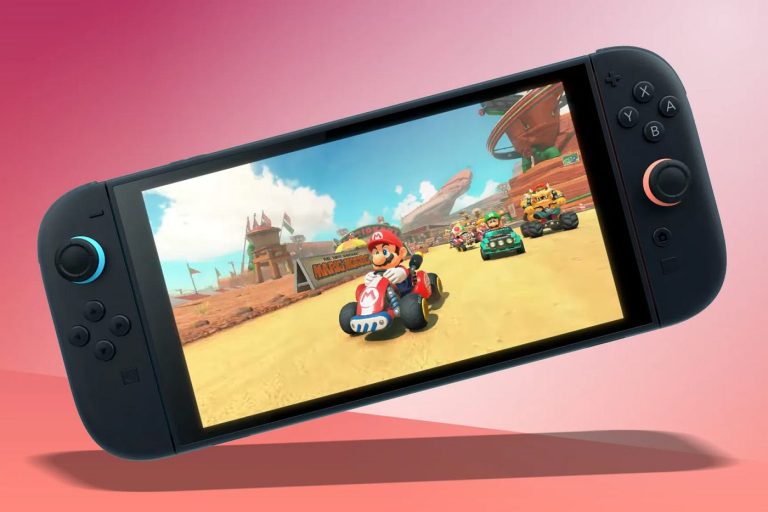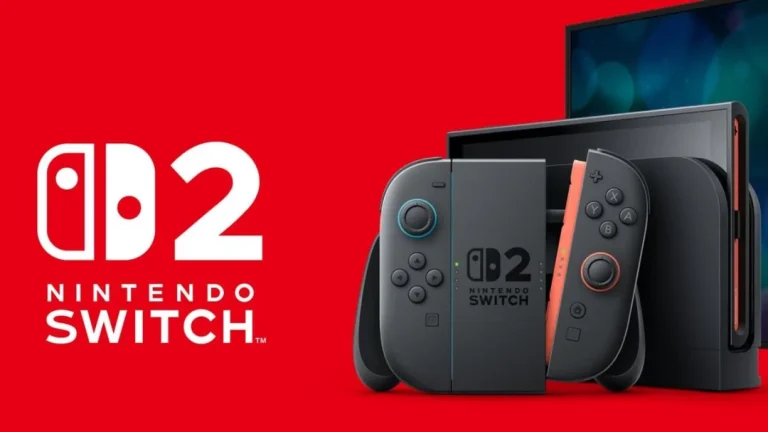
Nintendo’s upcoming Switch 2 console is set to hit shelves on June 5, marking a huge moment for the company eight years after the original Switch transformed the gaming market with 150 million units sold worldwide. The new console is expected to bring improved graphics and a larger screen while maintaining its hybrid home-and-portable design.
But Nintendo’s launch excitement is now tangled in a complex web of global trade tensions. Just as the company confirmed the Switch 2’s $449.99 price tag and launch date in early April, U.S. President Donald Trump announced a sweeping wave of new tariffs targeting Asian imports, including electronics. That’s thrown a wrench into Nintendo’s supply chain planning and sparked fears that increased costs could either cut into profits or force a price hike.
Initially, Nintendo hit pause on U.S. pre-orders as it reassessed the situation. Ultimately, the company decided to maintain its price and resume pre-orders starting April 24. However, it did quietly increase the prices of several accessories and left the door open for future adjustments depending on how things unfold in the market.
What’s especially tricky for Nintendo is that the U.S. is a massive piece of its business, about 44% of its annual sales. To cushion the blow of tariffs on Chinese-made products, the company planned to source consoles from factories in Vietnam and Cambodia. Unfortunately, those countries are also facing high levies, though the U.S. has temporarily paused them for 90 days.
Related links you may find interesting
Analysts like Serkan Toto of Kantan Games suggest that if the tariffs persist, Nintendo might eventually need to raise prices. Still, the company may try to absorb the added costs to stay competitive in a market where price sensitivity is high, especially among the casual gamers who helped drive the original Switch’s success.
Despite these hurdles, analysts remain upbeat. Firms like Ampere Analysis forecast U.S. sales of 4.6 million units for the Switch 2 in 2025 out of 13.2 million worldwide. While die-hard fans are expected to line up no matter the cost, there’s concern that a too-high price could alienate more price-conscious buyers especially with flagship games like Mario Kart World launching at $79.99.
Nintendo isn’t the only one wrestling with this kind of dilemma. Sony, for example, recently raised PlayStation 5 prices in Europe and the U.K., and similar moves may hit the U.S. soon. Still, both companies continue to thrive in a console market many thought would shrink under the pressure of mobile gaming and cloud services.
Here’s something the original article didn’t touch on: the Switch 2 is also expected to integrate upgraded networking features and possibly support for generative AI tools in future game titles, part of a broader industry trend toward more immersive, responsive gameplay. There’s also speculation that Nintendo will leverage its growing content footprint, including movie and streaming partnerships (like the Super Mario Bros. film success), to push bundled media and game experiences alongside the console.
In short, the Switch 2 launch isn’t just about a new device, it’s a high-stakes moment that tests Nintendo’s supply chain agility, pricing strategy, and its ability to maintain gamer loyalty in a tricky global climate.





